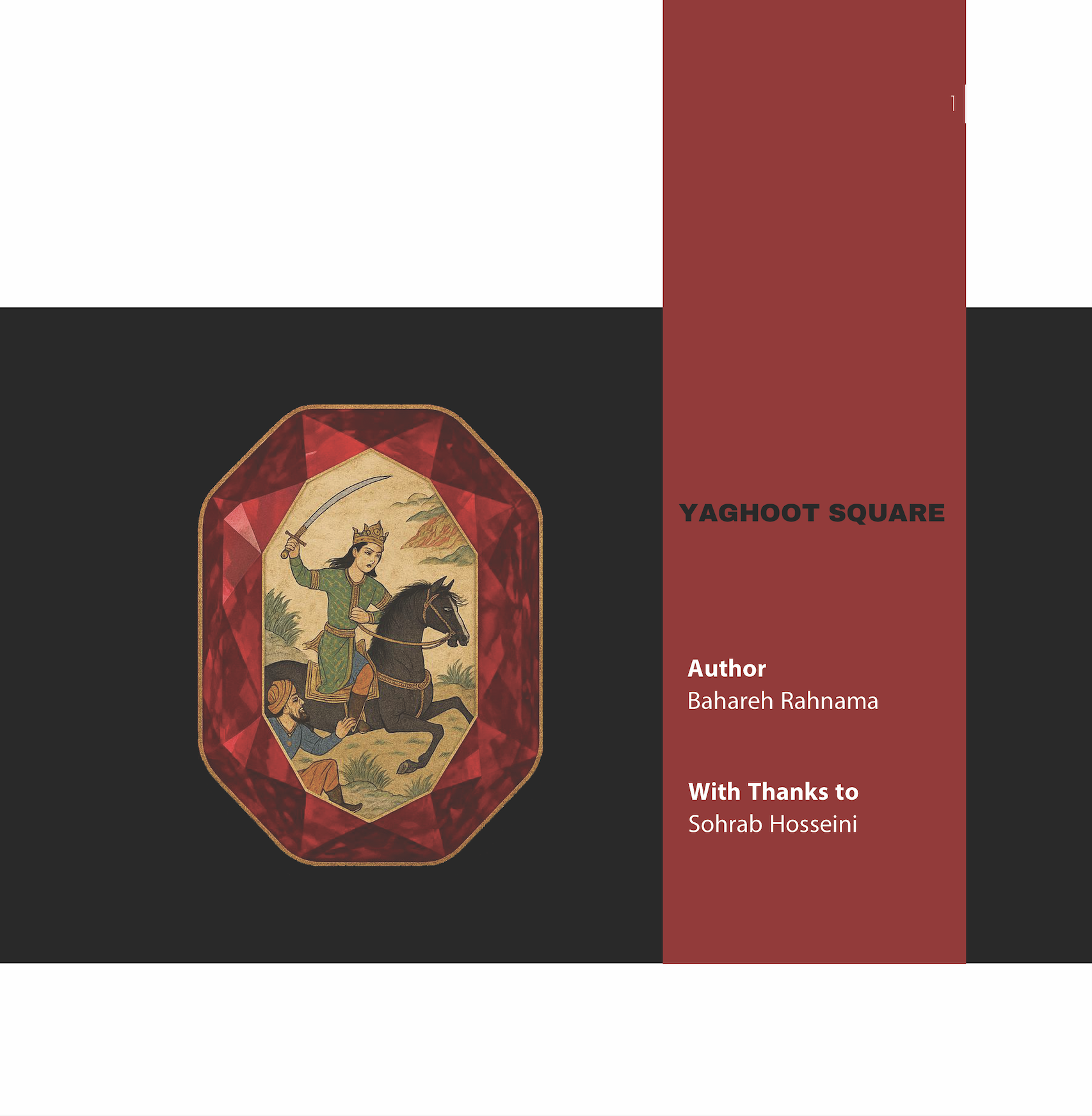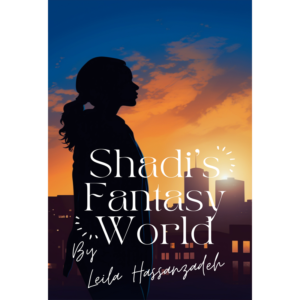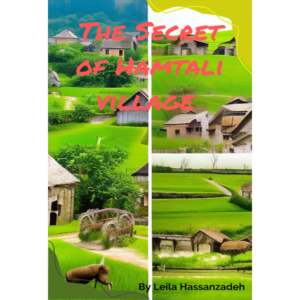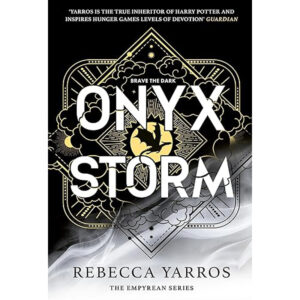Description
Years ago, Mr. Masoud Behnoud conducted an interview with this woman — the Lady in Red of Ferdowsi Square — in which she denied everything about the so-called love story and left everyone in ambiguity. She said: “This story is the tale of the streets and people, not mine.”
In 1991, I was a passionate 17-year-old student attending the Faculty of Literature near Ferdowsi Square. I even saw this woman once with my own eyes. The look in her eyes, to me, seemed more like love than madness — though, to be fair, the line between those two isn’t always clear!
Anyway, no one ever found out what became of Yaghoot. One day, she simply vanished from Ferdowsi Square. And I always say that God must have sent her a ladder and taken her up to the heavens.
My version of the story of the Woman in Love of Ferdowsi Square includes the presence of a man — a man who, for nearly half a century, was judged by the same people in the streets and markets. This narrative blended with my long-standing passion for the cinematic masterpiece Rashomon, and through Yaghoot’s episodes, I portrayed different forms of this man’s presence and the reasons for his absence in the form of monologues written for the male character of my play. These are possibilities — perhaps as plausible as the idea of a disloyal lover.
The play “Yaghoot Square” was first performed in 2024 at Boutique Theatre Shahrzad, located on Nofel Loshato Street, Tehran. It became the best-selling performance of the season in that theatre. The play was later restaged at Niavaran Cultural Center and in Dubai, both times receiving an enthusiastic reception from audiences.
The style of the performance, designed by me, was immersive — engaging directly with the audience while I shifted between roles: Yaghoot, the narrator, the playwright, the young women of the 1980s, and our grandmothers — each generation offering its own understanding of love and waiting. Ultimately, it took on the tone of a psychodrama.
In the world of playwriting — the literary form I have practiced and loved most — I am proud that an Iranian woman on the other side of the world devoted herself with love to publishing this work in England. That woman is Leila Hassanzadeh, whom I consider to be the spiritual mother of Yaghoot.
We wrote and recorded this story so it may remain — as a remembrance of this strange, real love story of Tehran — for a generation that, in the rush of modern life, may no longer even have the chance to experience love.
May women themselves record and retell their love stories, so they are never forgotten.
And if only Ferdowsi Square could have a second name — Yaghoot Square.
Bahareh Rahnama
Author of Yaghoot Square
—————————————————————————————————-
About “Yaghoot Square”
Yaghoot Square is not merely the name of a play — it is the reflection of a forgotten dream breathing among the cobblestones of the city, in the memory of public squares, and in the silence of passersby.
In the heart of Tehran — a city fused with smoke and haste — a woman once stood. She stood not like a statue, but like a living wound. She, Yaghoot without treasure, symbolized a love that never arrived — yet never faded.
Her story did not begin with her own words, but with the whispers of the people — like a legend left behind without a narrator, retold differently by every heart. The Lady in Red of Ferdowsi Square seems to be one of those figures who were neither born nor lived in the usual sense, but rather scattered between myth and reality. She appeared from somewhere and, for a time, was there every day.
Was she waiting? Perhaps.
In love? Probably.
Mad? What difference does it make, when her gaze resembled poetry more than it did any rational explanation?
But the Lady in Red was not alone. In her story, there is also the shadow of a man — a man who never came. Or perhaps he did come, but was unseen. Within the structure of the play, he is the missing piece of truth’s puzzle, brought to life through multifaceted monologues, reflected in the eyes of the audience.
Like Rashomon, Yaghoot Square does not seek absolute truth, but rather explores the curves of doubt and diversity of perception. Here, love turns into interpretation, waiting becomes inquiry, and history transforms into theatre.
The narrator is not only an actor but also her own writer and observer — at times Yaghoot, at times a mother, sometimes a girl of the 1980s, and sometimes the voice of generations who either only heard of love in stories or lost it in the dim light of forgotten squares.
Thus, Yaghoot Square is not merely a play — it is a mirror of a generation’s emotions, a generation that may no longer have the time to fall in love.
A story that stretches from Ferdowsi Square to the streets of Dubai, yet remains longing for that same red encounter — that same moment that never came.
And perhaps, in the end, only this sentence remains:
God sent her a ladder… and she climbed up — not to be forgotten, but to be seen from above.
A review written by Mr. Jafar Goodarzi, President of the Iranian Film Critics Association.





